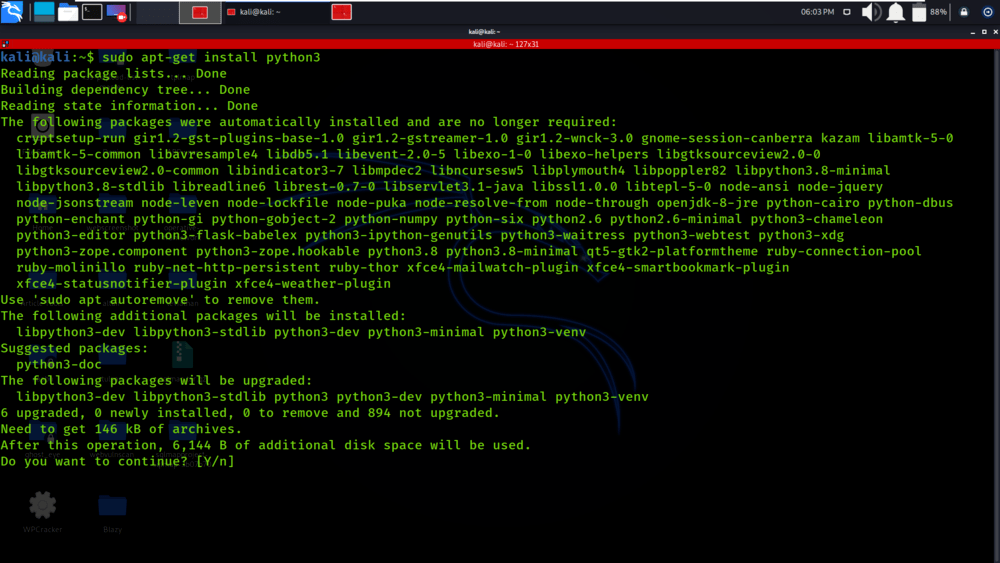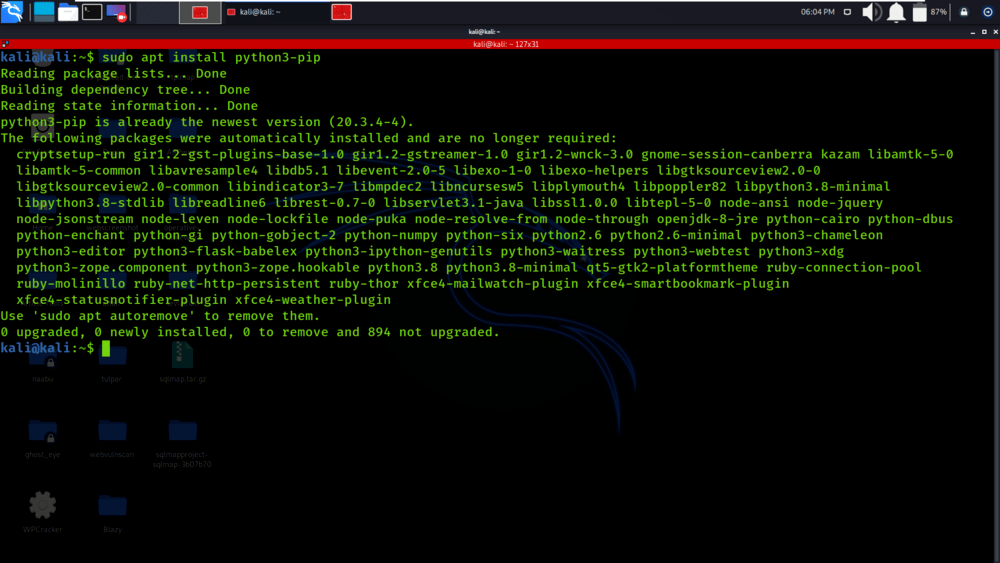How to Install Python-MIDI Library on Linux?
Last Updated :
24 Feb, 2022
The MIDI library in Python is used to manipulate MIDI data. This library or package is cross-platformed as it can work with various operating systems like Windows, Linux, macOS. So, in this article, we will be installing the MIDI package in Python3 on Linux operating system.
Features
- MIDI is a High-level class type that defines individual MIDI events.
- A multi-track aware container, that permits you to control your MIDI events.
- A tempo map that industriously keeps track of tempo modifications within a track.
- A reader and writer, so you can read and note your MIDI tracks to disk.
Installing a PMIDI package on Linux using PIP
Requirements:
- Python3
- Python3-pip
To install the MIDI package in Linux we have to follow the following steps:
Step 1: Install the latest version of Python3 on Linux Machine using the following command in the terminal:
sudo apt-get install python3

Step 2: Now, install the pip module which is required to install and manage all the packages of Python3 using the following command:
sudo apt install python3-pip

Step 3: Now, install the MIDI package by using the following command:
sudo pip3 install python-midi

Verifying MIDI package installation on Linux using PIP
To verify if the PMIDI package has been successfully installed in your system run the below command in Terminal:
python3 -m pip show python-midi
You’ll get the following output if the installation is completed successfully in your system.

Share your thoughts in the comments
Please Login to comment...